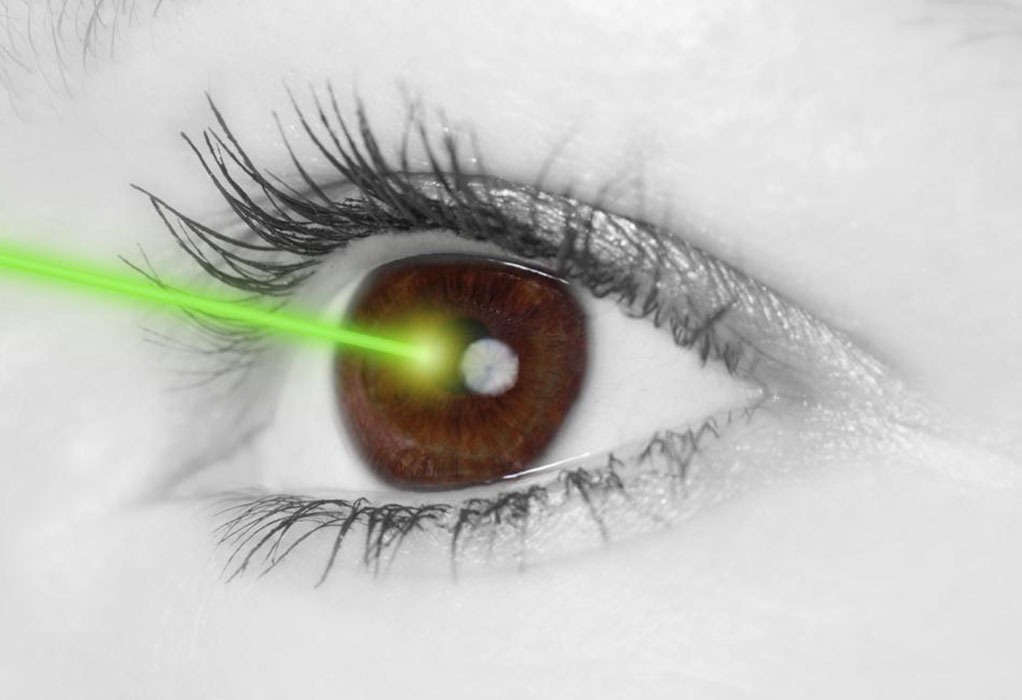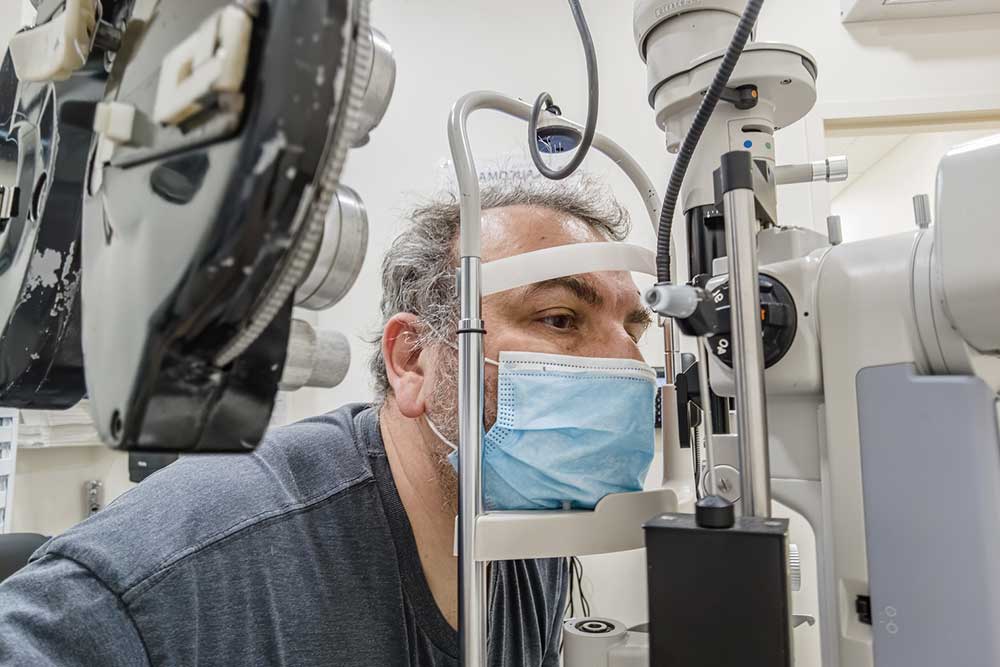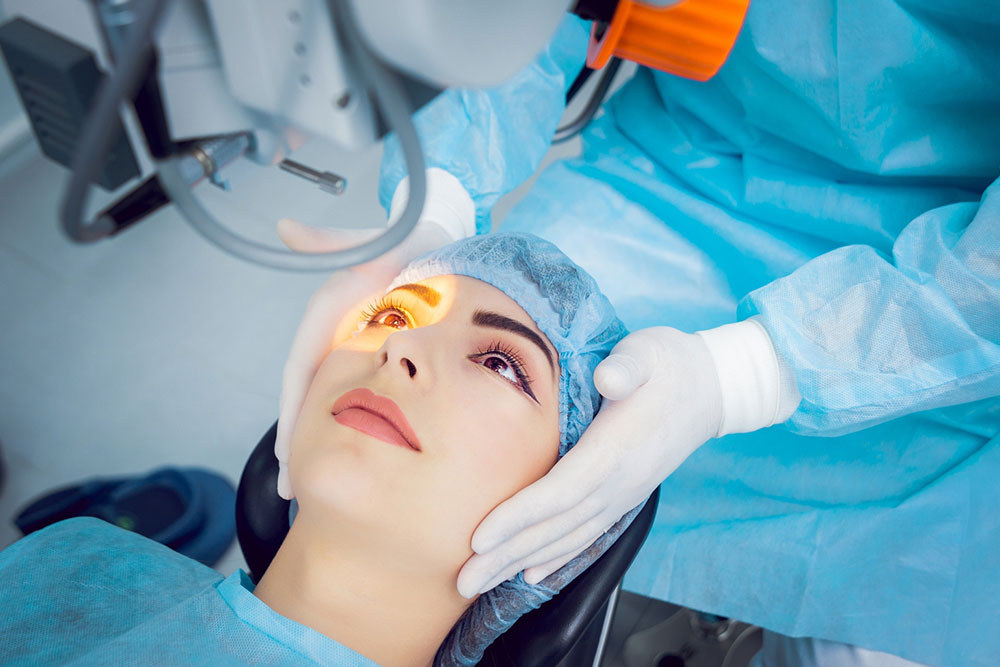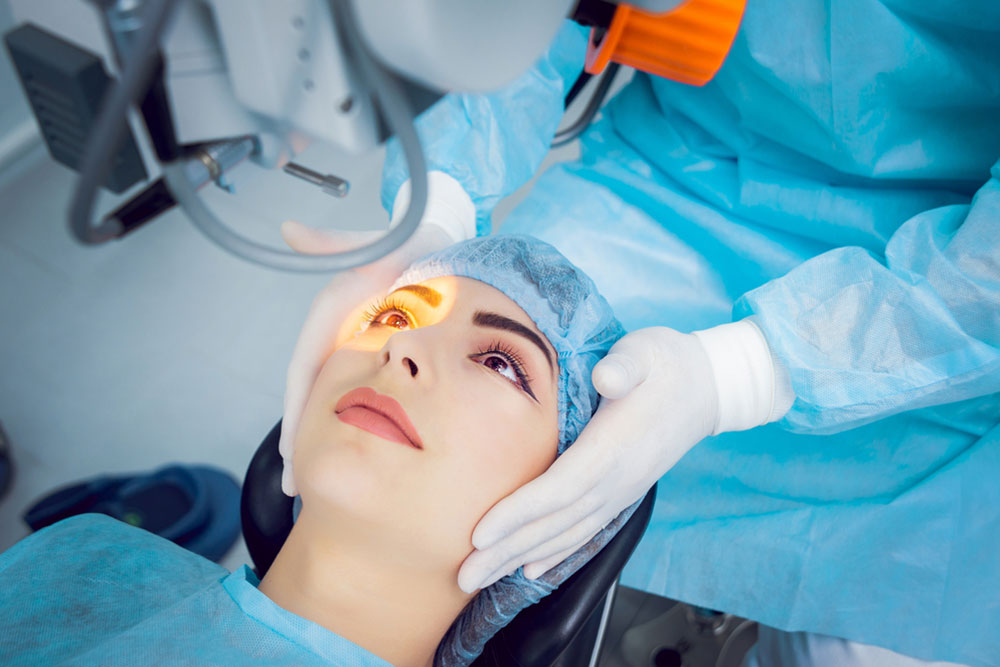The Ultimate Comprehensive Guide to LASIK Eye Surgery: Types, Procedure, Costs, and What to Expect
This detailed guide explores LASIK eye surgery, including types, procedures, costs, and what patients can expect. It covers innovative techniques like wavefront and IntraLASIK, compares traditional options such as PRK and ICL, and offers insights on costs in Brazil. Ideal for individuals considering vision correction, the article emphasizes the importance of thorough pre-surgical evaluation and choosing qualified surgeons. Learn how LASIK can reduce dependence on glasses or contacts and improve overall quality of life through safe, effective, and advanced laser eye treatments.

In-Depth Overview of LASIK Eye Surgery: Variants, Step-by-Step Procedure, and Pricing Details
LASIK, an abbreviation for laser-assisted in situ keratomileusis, is among the most popular and effective procedures for correcting common visual impairments. This advanced laser eye surgery reshapes the cornea—the transparent front part of the eye—to enhance vision clarity and reduce dependence on glasses or contact lenses. It has revolutionized vision correction treatments, providing millions worldwide with a quick, minimally invasive solution to nearsightedness, farsightedness, and astigmatism.
Overview of LASIK Variants and Options
Standard LASIK: The most conventional and widely performed type involves creating a small flap on the corneal surface—either with a microkeratome blade or, more commonly today, with a precise femtosecond laser. The underlying corneal tissue is then meticulously reshaped using an excimer laser, correcting the refractive error. This procedure is generally completed in about 15-20 minutes per eye, with patients experiencing minimal discomfort and a quick recovery.
Beyond standard LASIK, several specialized techniques are available to cater to individual patient needs:
IntraLASIK: This variation uses an advanced laser system to create the corneal flap instead of traditional blades, offering higher precision and potentially smoother recovery.
Wavefront LASIK: An advanced form of LASIK utilizing detailed 3D mapping of the eye's optical system to achieve exceptional precision. It aims to produce perfect 20/20 vision by customizing the reshaping process to the individual's specific eye imperfections.
In addition to LASIK, alternative procedures exist for specific cases or preferences:
PRK (Photorefractive Keratectomy): Unlike LASIK, PRK reshapes the surface of the cornea without creating a flap, making it suitable for patients with thinner corneas or those engaged in contact sports. Although it involves a longer healing period with mild discomfort, it still offers excellent visual correction results.
EVO Vision ICL (Implantable Collamer Lens): For individuals who are not ideal candidates for laser procedures, intraocular lens implants are an alternative. The procedure involves inserting a soft, removable lens inside the eye, usually done within 20 to 30 minutes, providing a reversible option for significant visual correction.
Prior to surgery, a comprehensive eye examination is crucial to assess eligibility. Factors such as corneal thickness, eye shape, refraction accuracy, and overall ocular health will determine the most suitable procedure. During the operation, local anesthesia is administered, a precise corneal flap is created, and the laser reshapes the tissue based on detailed measurements obtained through modern imaging technologies. Post-surgery, patients might experience sensations like dryness, blurred vision, or mild irritation temporarily, but most recover swiftly, enjoying better vision almost immediately. Many patients report a significant reduction in dependence on corrective eyewear soon after the procedure.
Cost considerations play a vital role, especially for elective surgeries like LASIK. In Brazil, the price range for LASIK treatment per eye typically varies between R$3,000 and R$10,000, depending on factors such as the clinic's reputation, technological sophistication, and the surgeon's experience. Premium technological options, like Contoura, which offers highly precise topographic correction, can range from R$10,750 to R$12,500 per eye. Since LASIK is an elective procedure, it often isn't covered by public health systems; however, some private health insurers might offer partial coverage based on specific medical criteria. The country has become a hub for medical tourism, attracting international patients seeking affordable and high-quality vision correction services. Before proceeding, it’s essential to research thoroughly, consult with qualified ophthalmologists, and consider additional expenses like travel, accommodation, and post-operative care for a comprehensive understanding of the total investment needed for successful vision correction.




